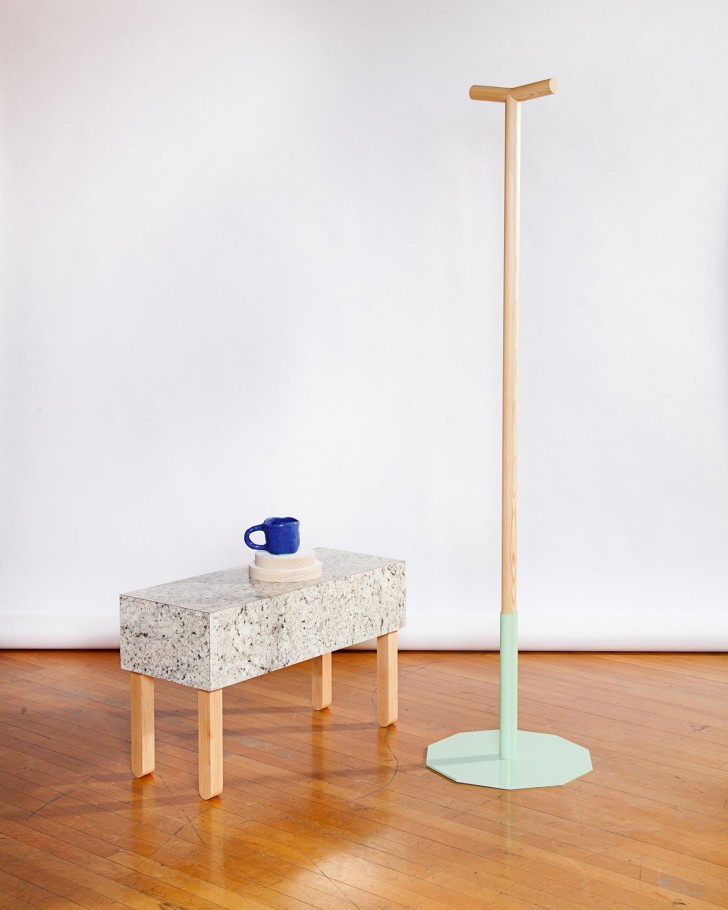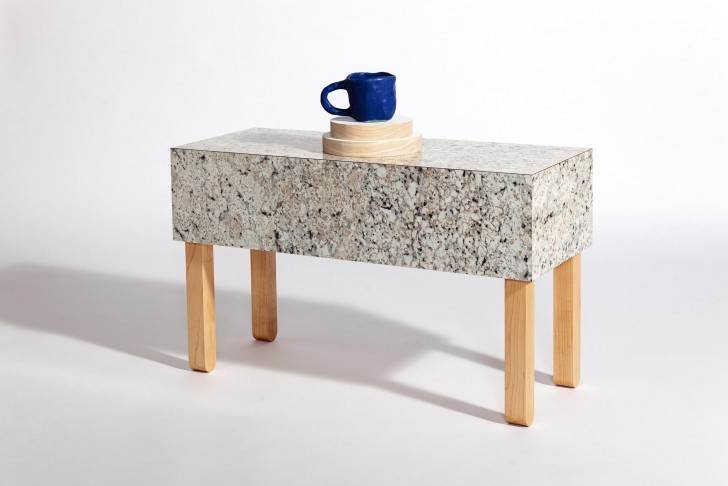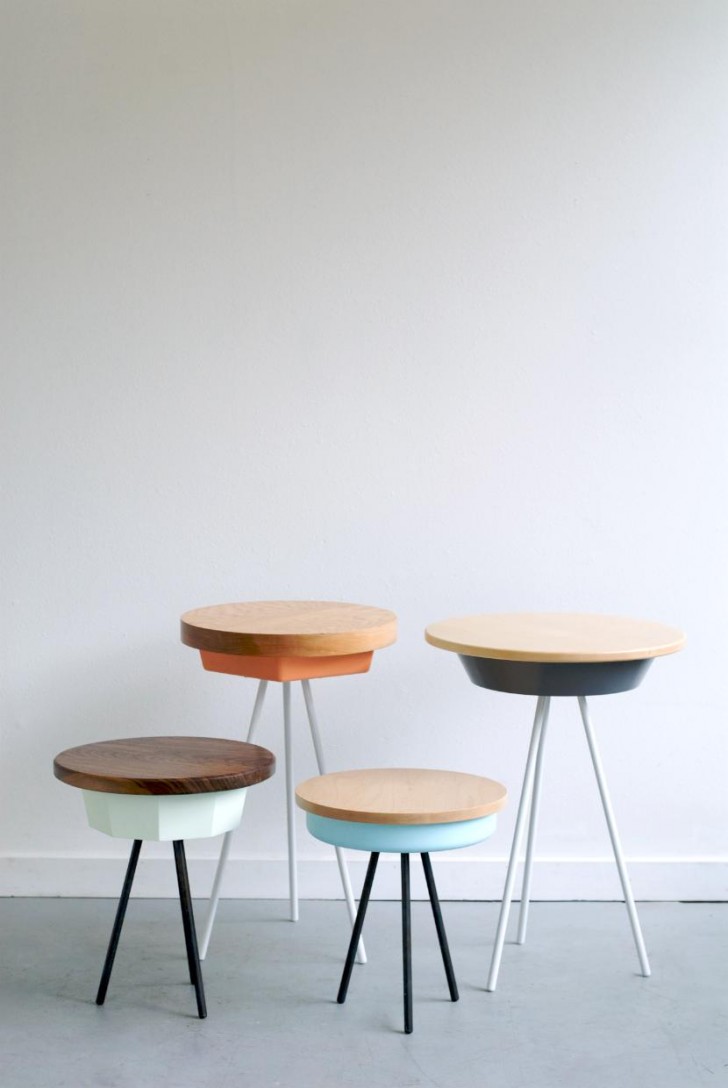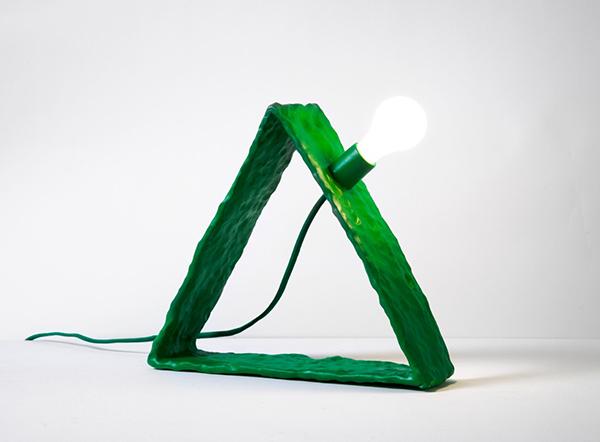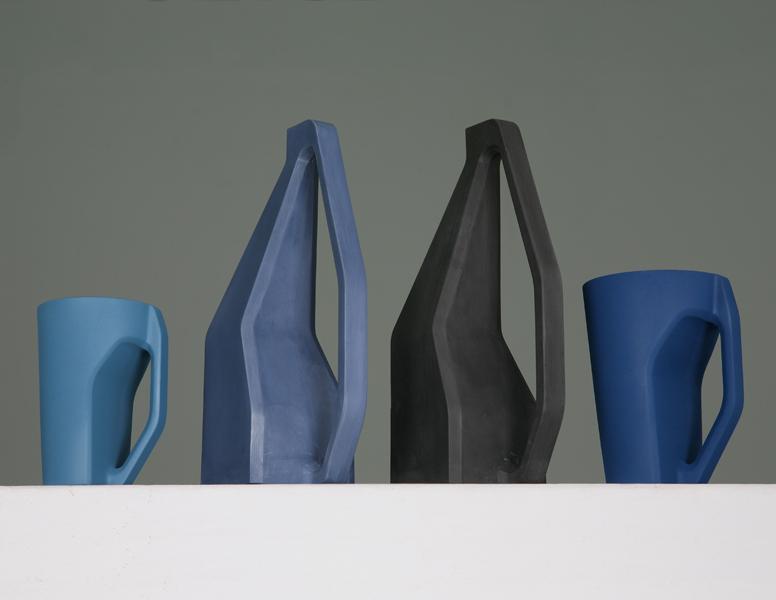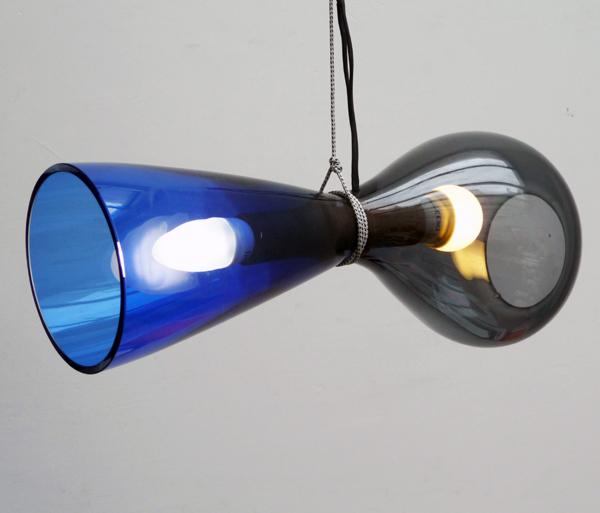
12.16.14
Up and Coming
Matthew Philip Williams, Furniture Designer
The first work we ever knew from Portland, Oregon–based furniture designer Matthew Philip Williams was a collection he calls The Step-Family. The pieces, which were designed individually but at the same time, include a pinchpot mug in Yves Klein blue, a laminate and maple bench, and a steel and Douglas fir coat rack. The items are so aggressively functional — and make use of such logical and simple material choices — that you would never guess that Williams’s first inclination was to be a fine artist. After graduating from a material studies program in Richmond, Virginia, Williams headed to Portland to get an MFA in applied craft and design. “I had this vision of being in galleries, but I soon realized I was more mentally suited for functional stuff,” he says. “At the same time, I try to keep my hands and my head in both worlds, thinking about art and furniture and doing what seems right for each project.”
The artistic side in him was cultivated by former mentors Chris Held and Dan Henderson of Von Tundra, as well as by an introduction that duo made to LA artist Andrea Zittel. “The kind of approach they take to design and art — it’s not about what you’re making. The thing that is made is made by the situation. The designer is simply a facilitator. That approach has been really influential,” Williams says.
On the other hand, Williams sounds like your typical tinkerer when he describes his approach to materials. “I think about what’s on hand, what’s available, and what’s fun? Fun gets in there sometimes. If I have to do something out of wood, I’m more inclined to make something affordable rather than something popular like walnut. Everyone talks about old-growth wood, but I refuse to step into that pond since everyone’s doing it. I joke about new-growth wood. It’s from the Home Depot. I don’t like to fetishize materials; I just use what’s appropriate.”
And speaking of moves being dictated by the situation, Williams is looking to change his, as wonderful as it is right now. “Portland is plateauing, and it’s overwhelming right now,” he says. He’d like to go someplace more rough and unrefined; maybe back to Richmond. “I kind of fell into working for myself which is weird to me still. The whole one-off model I’m working under is so unpredictable. I’m looking to shift more towards smaller furniture and lighting design in limited runs, and to turn it into more of a brand. I’m keeping my eyes open for a business partner or some kind of collective.” Is anybody out there listening?
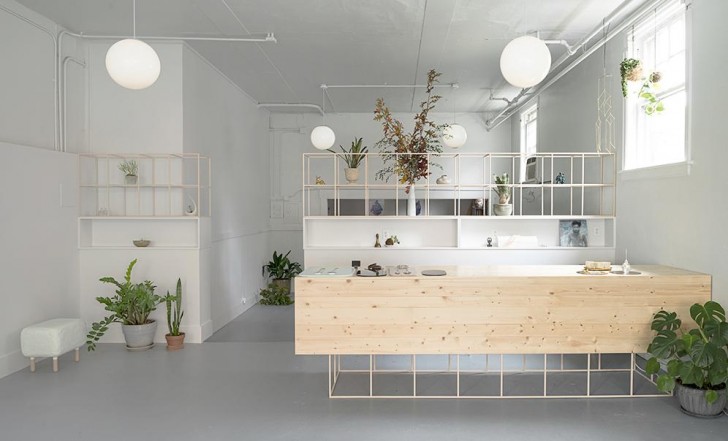
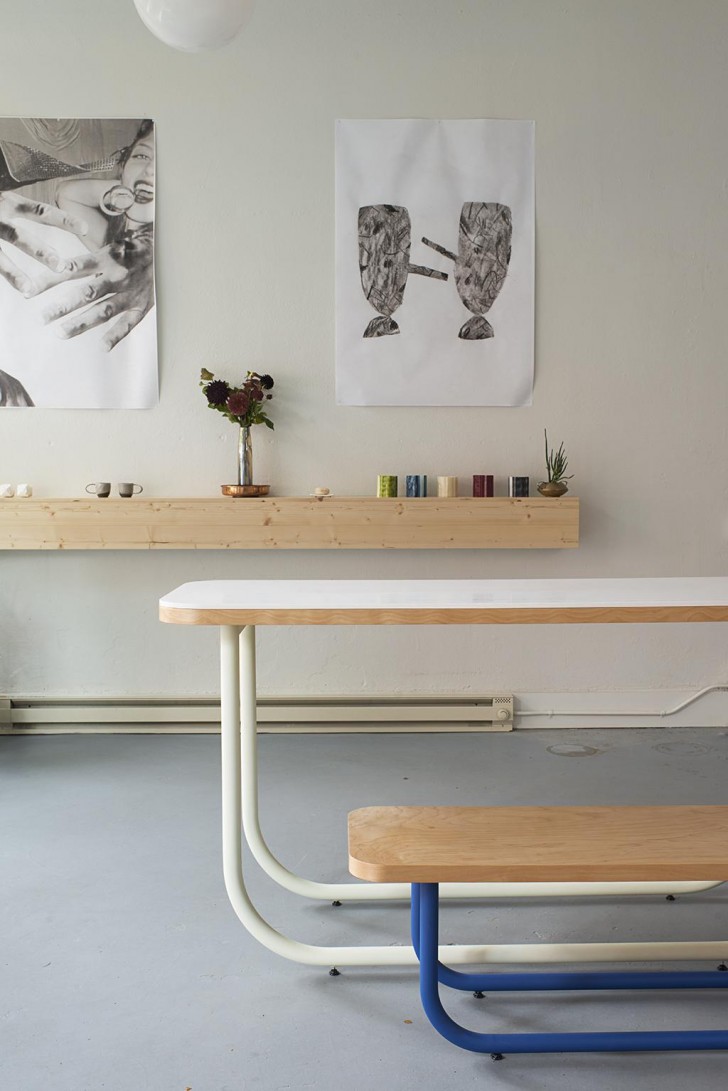 Describe your most recent project and how it was made:
Describe your most recent project and how it was made:
Just a few months ago I wrapped up a great project for OLO Fragrance, which included the head-to-toe design and fabrication for their new shop and work studio, Milk Milk Lemonade. This was a really new way of working for me, getting to have creative control and management throughout the the entire process.
This was the ideal project for what I’m interested in. It allowed me to use my art interests equally with my trade and craft abilities, which is very important to me. It was a unique spatial challenge that needed cohesion between all of the furniture, the environment and the objects, rather than just making one-off objects and not knowing where they’re going to wind up.
The scope of work ranged from collaboratively designing the entire layout of the space with OLO, including the fixtures and lighting as well as smaller objects and furniture for the shop. The process was painless, and the space turned out amazing, especially now that it’s curated with a bunch of lovely objects and scents. Overall, super satisfying and an exciting opportunity.
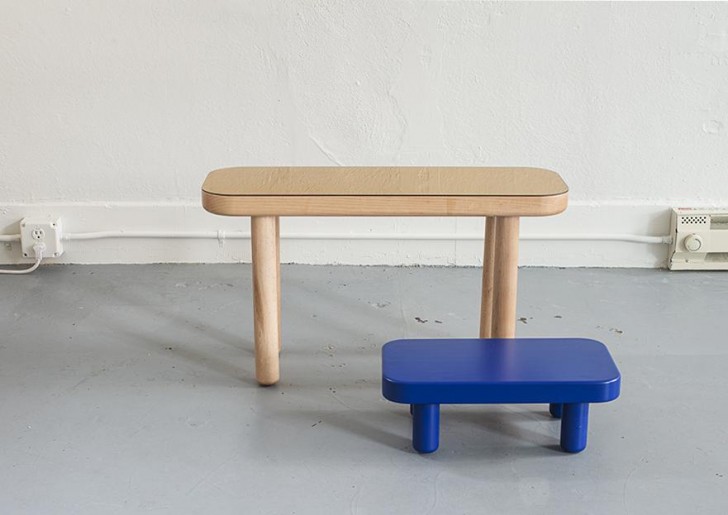 Describe your next project and how you’re currently making it.
Describe your next project and how you’re currently making it.
Currently my attention is focused on a new project I’m calling The Situation. Taking a cue from working on more involved spatial projects lately (like Milk Milk Lemonade), I’m concepting a small collection of lighting, objects and furniture that are made to be a group and meant to exist together. It’s like a collection meets an installation meets an Ikea showroom. It’s a similar concept to The Step-Family group that I made a while back. I like to refer to this thinking as Total or Situational Design, which I see as the consideration for the pieces and how they react and interact with each other and their user, as well as giving importance to the specific space they occupy. It’s the overall curation of function for the use of objects within a limited environment.
This project is still in the design phase, but I hope to get it together by the end of the year.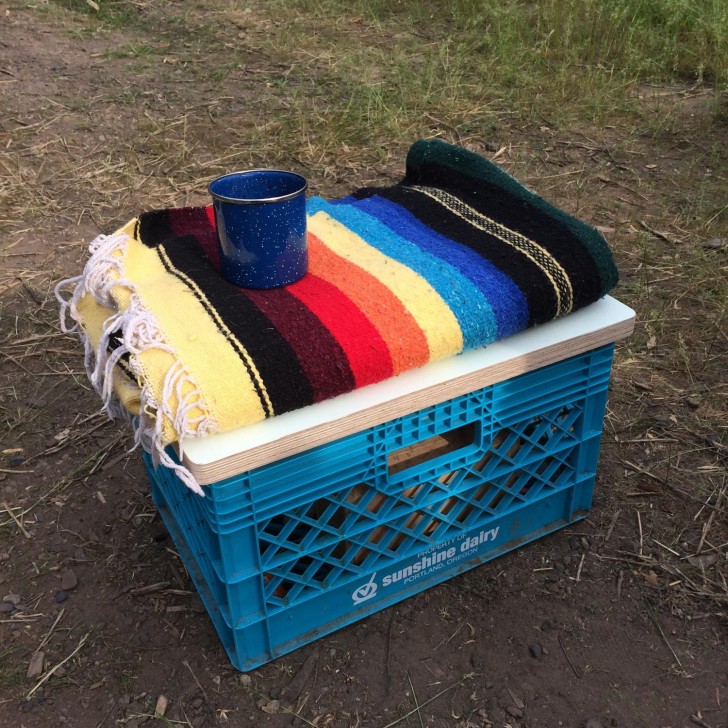 Tell us one thing that’s been inspiring you lately and why.
Tell us one thing that’s been inspiring you lately and why.
I think this past year I’ve been most inspired by camping. I haven’t gone nearly as much as I’d like to this season, but I always find it a great way to challenge my sense of function and purpose in objects. Because you can really only bring a limited amount of stuff, it’s a great way to really develop a sense of how you live, and what’s important. Once you know what you can live without and what you have to have, then you can apply that to your material world at home and really sluff off unnecessary crap. But at the same time, I’ll bring something with me that’s ultimately a burden to carry or is completely unnecessary, but I have to have it because it makes everything more enjoyable. Like a hammock. Or beer. How can you camp without those?
I’ve also challenged myself to try and make something for every camping trip, like these lids for my crates. Now I don’t have to dump everything out to sit on one, so it’s a stool too. It turns the week ahead of every trip into a design challenge that gets me unnecessarily excited about refining my kit, which is like my experimental living set.
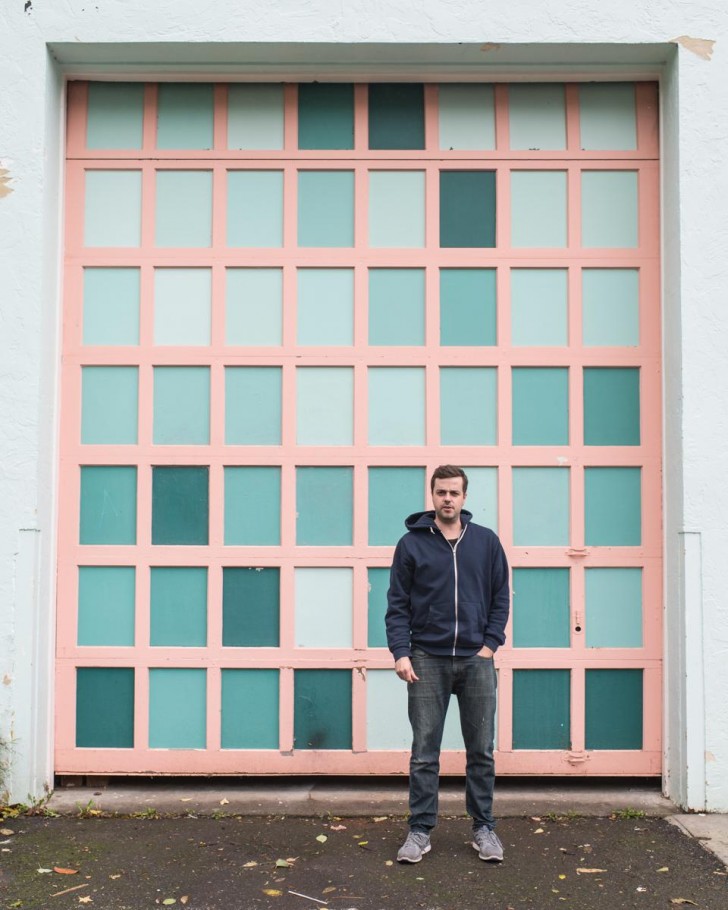
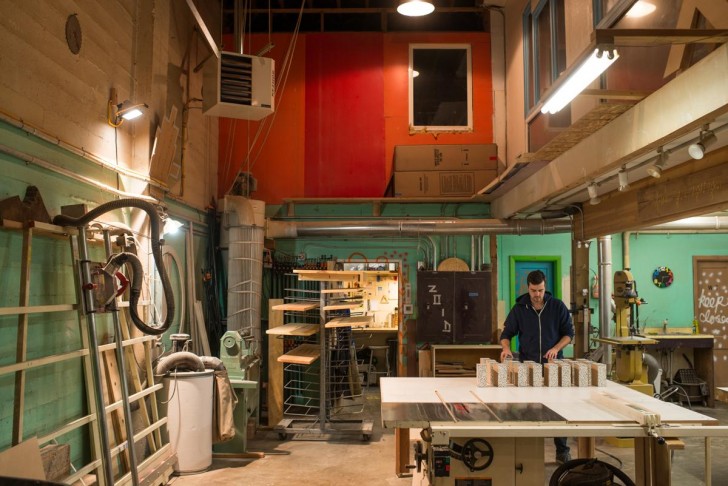
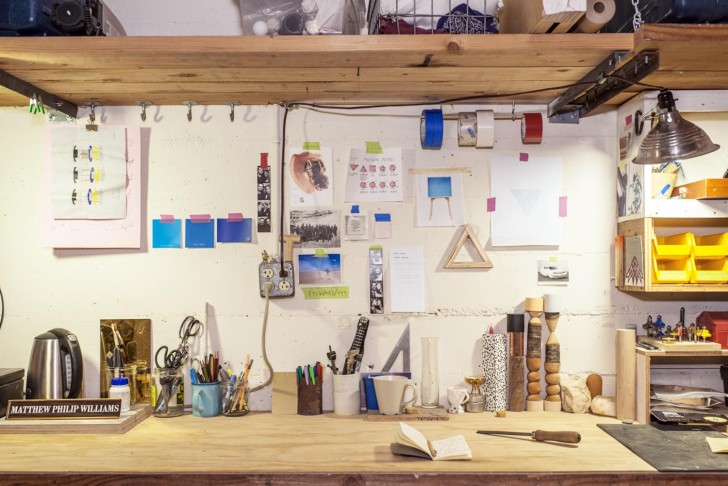 Show us your studio and tell us what you like about it.
Show us your studio and tell us what you like about it.
This is where I work. The studio is called Supermaker, which is an entrepreneurially minded network of art and design production. It’s a space I share with a couple of other folks who have a lot going on. There are about 15 people here, all creatives of one sort or another doing everything from recording music to making furniture and videos, as well as artists and product and industrial designers.
I’ve been here for over two years and have worked on a number of really fun collaborative projects, commercial work and my own studio practice here. It’s not large enough to be a production shop so it keeps me from falling into the trap of large scale work, and keeps things small and interesting. The projects coming in and out of here are always changing and always fresh. The people that I get to work around are also doing great things, and it’s always inspiring to see them pushing their craft to the limit.